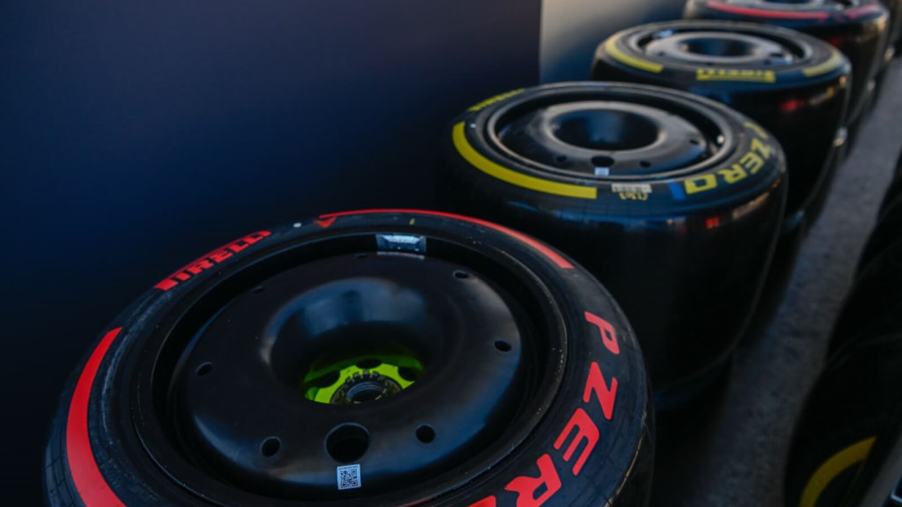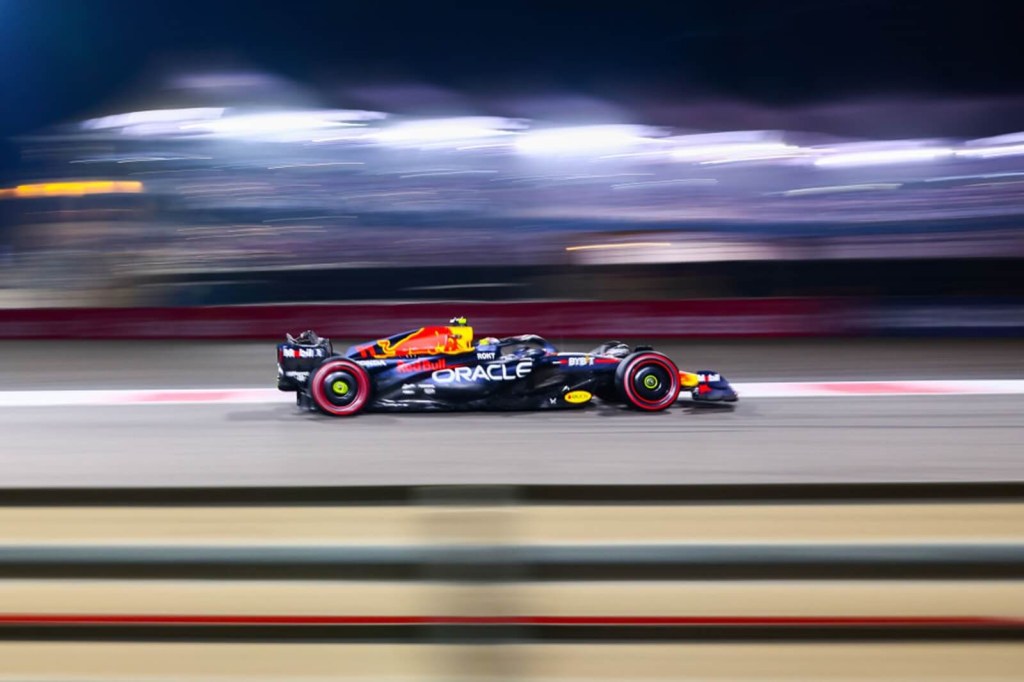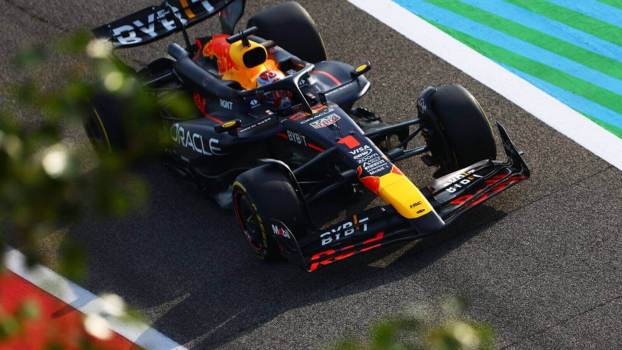
How Big Are F1 Tires?
Formula 1 season spans the globe and occupies the attention and enthusiasm of millions. As you might imagine, the sport has come a long way since its mid-century origins. It’s hard to believe that F1 has covered everything from the minimalist monocoques of Jim Clark to the cutting-edge racecars of today. With the evolution of the cars, Formula 1 tires have exploded in size. So, just how big are F1 tires today?
F1 tires are an entirely different animal from the racing rubber of yesteryear
In 2022, F1 tires swapped from a 13-inch wheel to an 18-inch wheel. As for the overall diameter and tire width, fans need only tune in to some racing to see just how substantial the tires are. As for specs, the front tires are 305 mm wide, and the rear tires are 405 mm wide.
| Post-2022 sizes | Tire width | Overall diameter | Wheel diameter |
|---|---|---|---|
| Front | 305 | 720 | 18 |
| Rear | 405 | 720 | 18 |
To give you an idea of just how big that is, the rear tires on the 2023 Dodge Challenger SRT Demon 170, a factory drag car, are 315 mm, just wider than a Formula 1 racecar’s front set. What’s more, it’s a stark departure from the tires of the past. In the 1980s, when Ayrton Senna was breaking rivals’ hearts on the track, the maximum allowable rear tire width was 18 inches.

Today, Pirelli is the official tire of Formula 1 racing. The Italian tire manufacturer asserts that the switch to the 18-inch wheel diameter better warms tires for on-track grip. That’s good news, as an F1 car is essentially a wayward ice skate without the mechanical grip of its warmed tires and the downforce from its aero.
Still, despite their large sizes, wheels and tires are deceptively light. Most F1 tires weigh between 20 and 25 lbs. Beyond sizes, F1 rates Pirelli’s latest racing tires from C0 to C5 in terms of compound hardness. C0 represents the hardest compound, heading up to faster, more quickly deteriorating C5 soft compound rubber.





